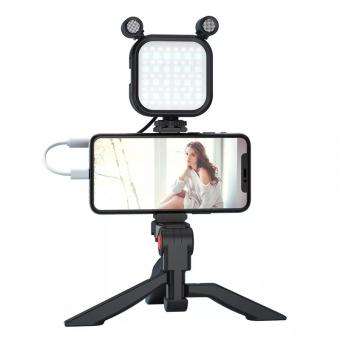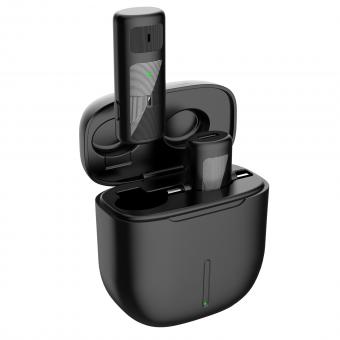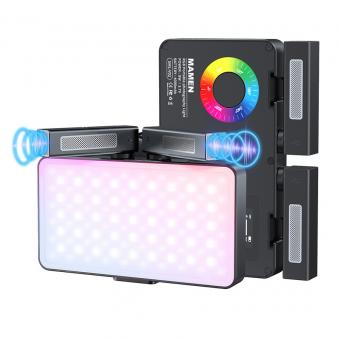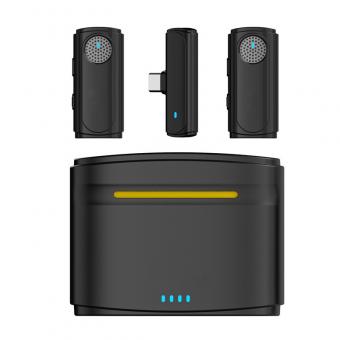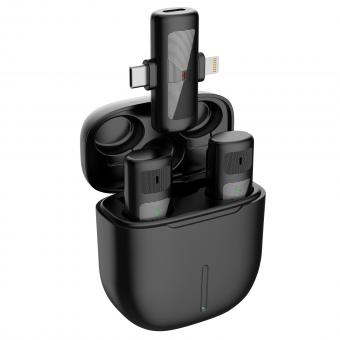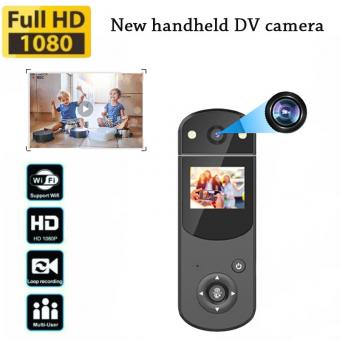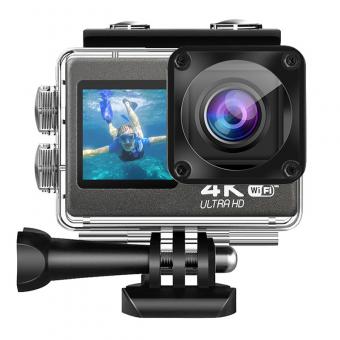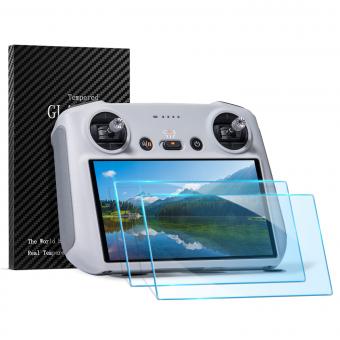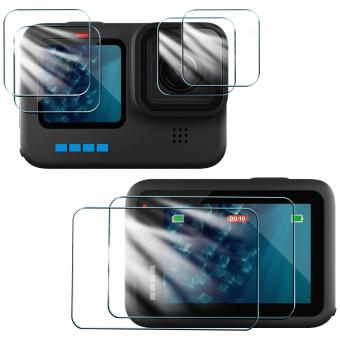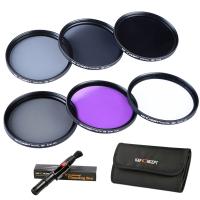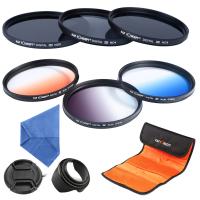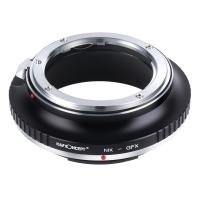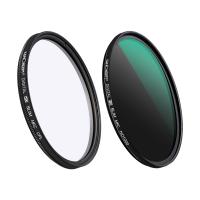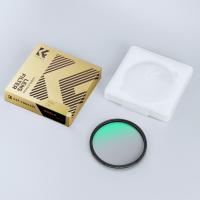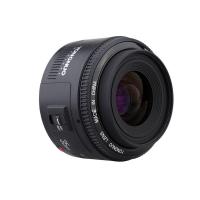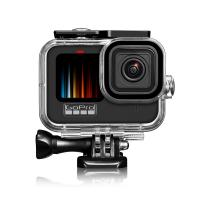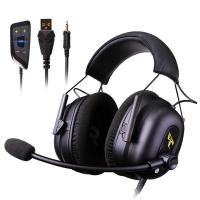How Do I Get Sound On Screen Recording?
Screen recording has become an essential tool for many users, whether for creating tutorials, capturing gameplay, or documenting software issues. However, one common challenge that users face is capturing sound along with the video. This article will delve into the various methods and tools available to ensure that your screen recordings include sound, addressing both internal system audio and external microphone input.
Understanding the Basics
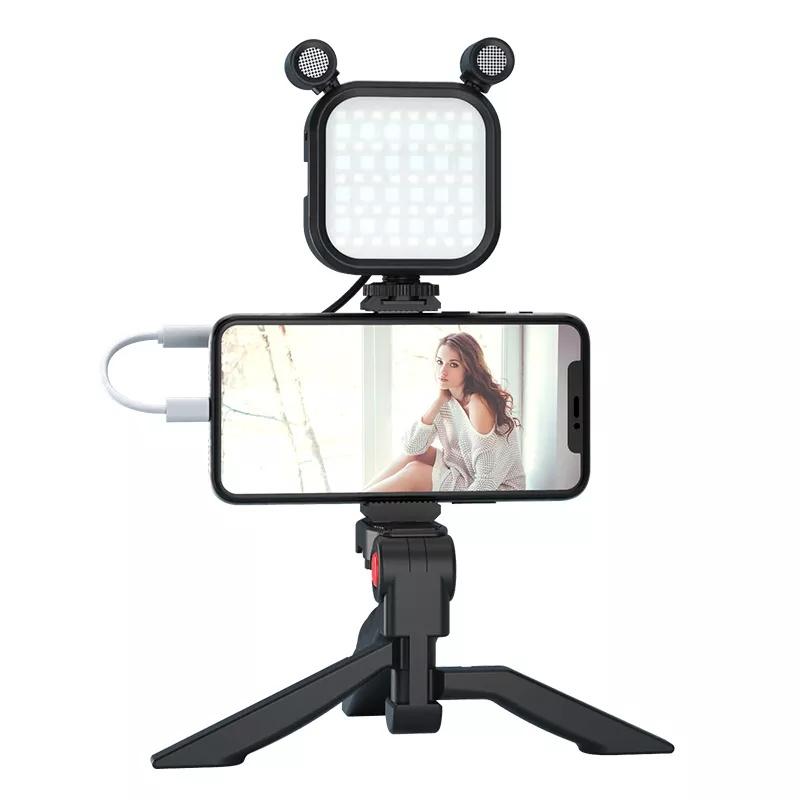
Before diving into the specific methods, it's important to understand the two primary types of audio you might want to capture:
1. System Audio: This is the sound that comes from your computer, such as music, game sounds, or any other audio playing through your speakers.
2. Microphone Audio: This is the sound captured from an external or built-in microphone, such as your voice or ambient sounds.
Built-in Tools for Screen Recording with Sound
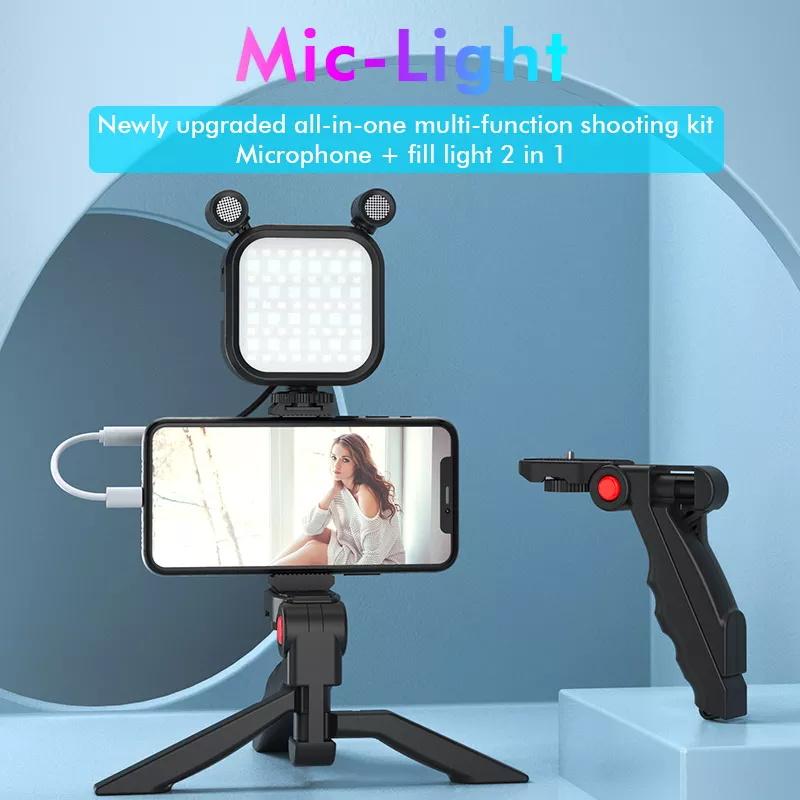
Windows 10/11
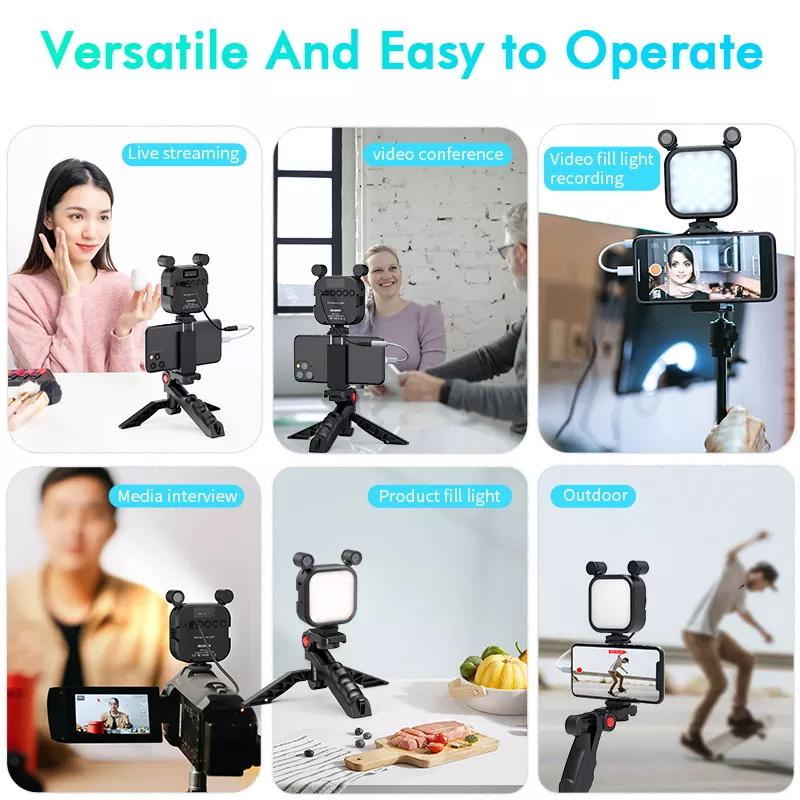
Windows 10 and 11 come with a built-in tool called the Xbox Game Bar, which can be used for screen recording with sound. Here’s how to use it:
1. Open Xbox Game Bar: Press `Win + G` to open the Xbox Game Bar.
2. Start Recording: Click on the "Capture" widget (it looks like a camera) and then click the record button. Ensure that the microphone icon is toggled on if you want to capture external audio.
3. Stop Recording: Click the stop button when you’re done. The recording will be saved in the "Captures" folder within your "Videos" library.
macOS
macOS users can utilize the built-in QuickTime Player for screen recording with sound:
1. Open QuickTime Player: Launch QuickTime Player from your Applications folder.
2. New Screen Recording: Go to `File > New Screen Recording`.
3. Select Audio Source: Click the drop-down arrow next to the record button and choose your audio source (internal microphone or system audio).
4. Start Recording: Click the record button and follow the on-screen instructions to capture your screen.
5. Stop Recording: Click the stop button in the menu bar when you’re finished. The recording will be saved to your chosen location.
Third-Party Software Solutions
While built-in tools are convenient, they may not always offer the flexibility or features that some users need. Here are some popular third-party options:
OBS Studio
OBS Studio is a free, open-source software that offers extensive features for screen recording and live streaming. Here’s how to set it up:
1. Download and Install OBS Studio: Visit the OBS Studio website and download the appropriate version for your operating system.
2. Set Up Audio Sources: Open OBS Studio and go to `Settings > Audio`. Here, you can select your desktop audio device (system audio) and your microphone.
3. Create a New Scene: In the main OBS window, create a new scene and add a "Display Capture" source to capture your screen.
4. Start Recording: Click the "Start Recording" button. OBS will capture both your screen and the selected audio sources.
5. Stop Recording: Click "Stop Recording" when you’re done. The file will be saved to your specified location.
Camtasia
Camtasia is a paid software that offers a user-friendly interface and powerful editing tools. Here’s how to use it:
1. Download and Install Camtasia: Visit the TechSmith website and download Camtasia.
2. New Recording: Open Camtasia and click on "New Recording".
3. Select Audio Sources: Ensure that both "System Audio" and "Microphone" are selected if you want to capture both.
4. Start Recording: Click the record button to begin capturing your screen and audio.
5. Stop Recording: Click the stop button when you’re finished. The recording will be imported into Camtasia’s editor, where you can make further adjustments.
Mobile Devices
Screen recording with sound on mobile devices is also straightforward, thanks to built-in features in both iOS and Android.
iOS
1. Enable Screen Recording: Go to `Settings > Control Center > Customize Controls` and add "Screen Recording".
2. Start Recording: Open the Control Center and long-press the screen recording button. Toggle on the microphone if you want to capture external audio.
3. Stop Recording: Tap the red status bar at the top of the screen and confirm to stop recording. The video will be saved to your Photos app.
Android
Many Android devices come with built-in screen recording features, but the steps may vary slightly depending on the manufacturer.
1. Open Quick Settings: Swipe down from the top of the screen to open the Quick Settings menu.
2. Start Recording: Tap the screen recording icon. You may need to enable it in the settings first.
3. Select Audio Source: Choose whether to record audio from the microphone, system, or both.
4. Stop Recording: Swipe down again and tap the stop button. The recording will be saved to your gallery.
Troubleshooting Common Issues
No Sound in Recording
If you find that your screen recording has no sound, here are some steps to troubleshoot:
1. Check Audio Settings: Ensure that the correct audio sources are selected in your recording software.
2. Update Drivers: Make sure your audio drivers are up to date.
3. Permissions: Ensure that your recording software has the necessary permissions to access your microphone and system audio.
4. Test Audio Devices: Test your microphone and speakers to ensure they are working correctly.
Poor Audio Quality
If the audio quality in your recordings is poor, consider the following tips:
1. Use a High-Quality Microphone: Built-in microphones often have lower quality. Consider using an external microphone.
2. Reduce Background Noise: Record in a quiet environment to minimize background noise.
3. Adjust Audio Levels: Use your recording software’s audio settings to adjust the input levels and reduce distortion.
Capturing sound in your screen recordings is crucial for creating engaging and informative content. Whether you’re using built-in tools or third-party software, the key is to understand your audio sources and configure your settings correctly. By following the steps outlined in this article, you can ensure that your screen recordings include high-quality audio, making your videos more effective and professional.

